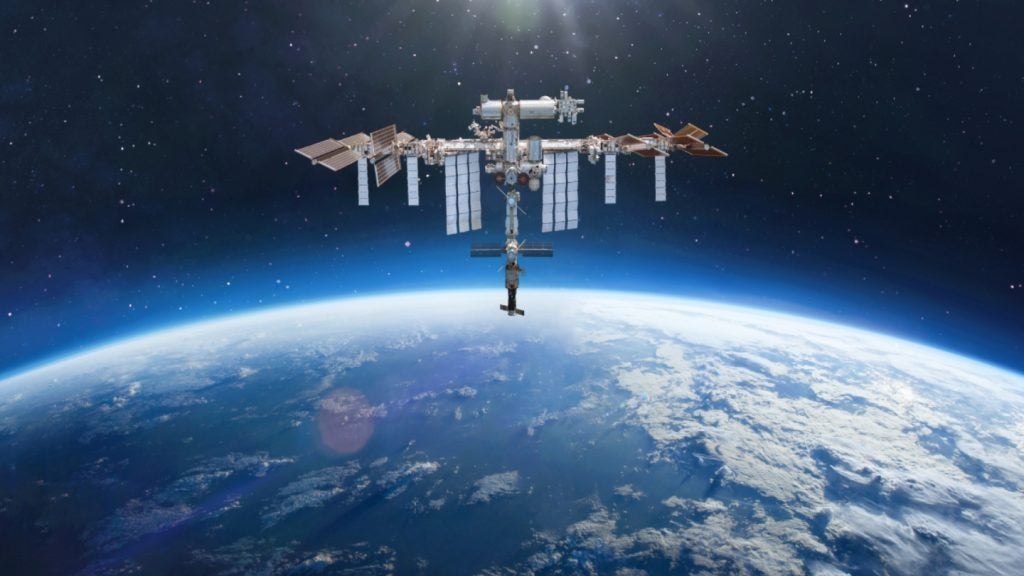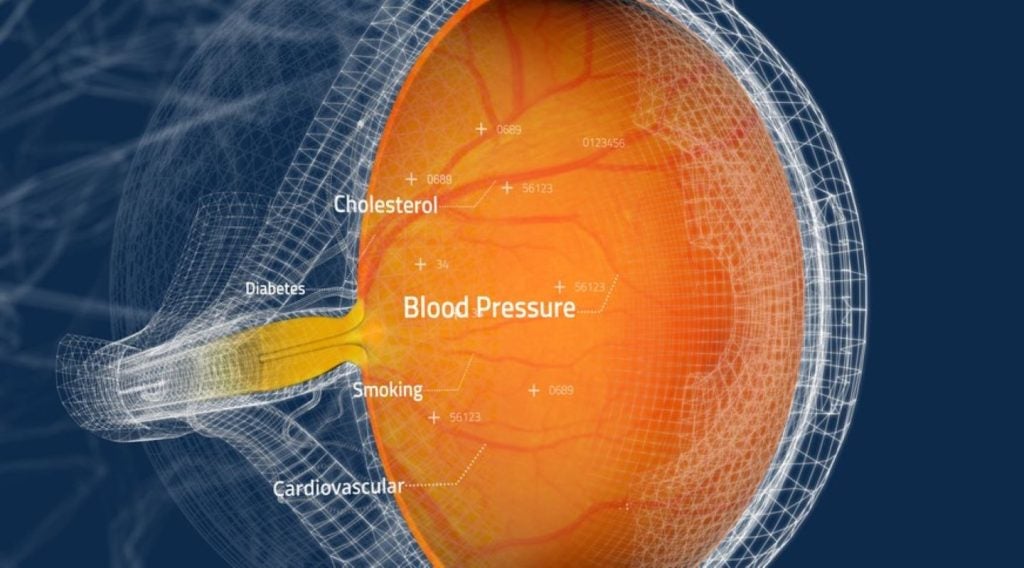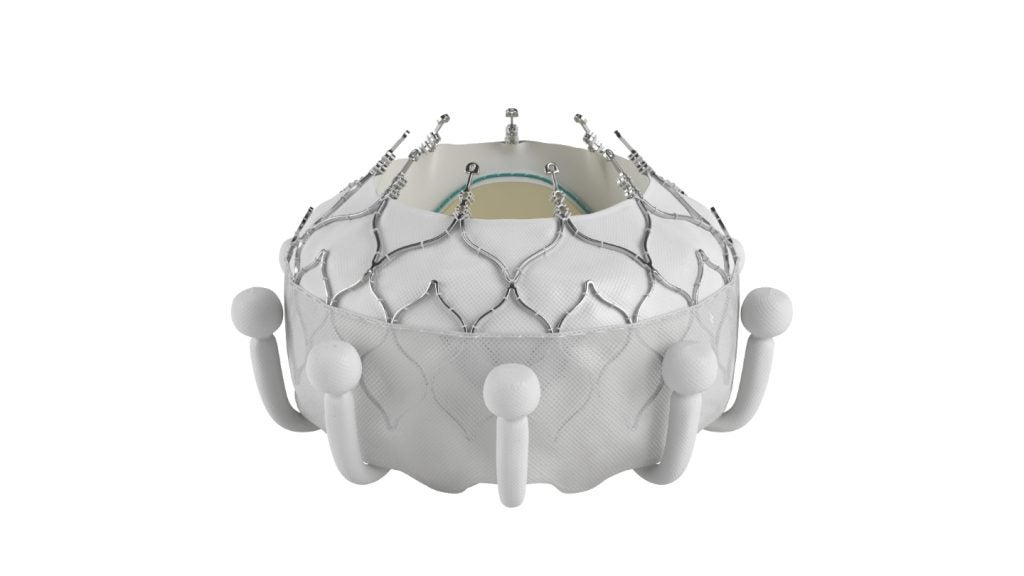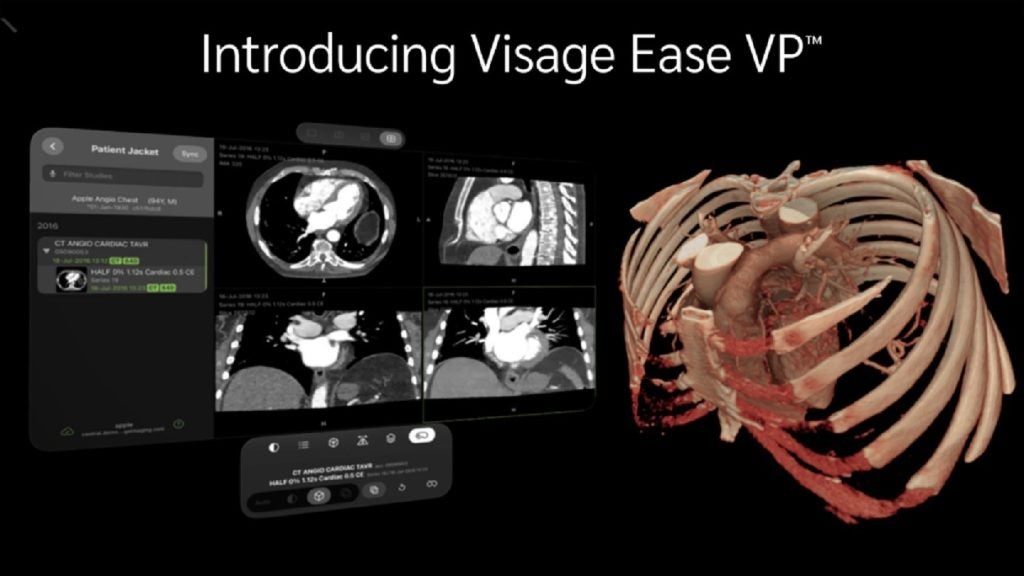Virtual Incision’s surgical mini robot is making its way to the International Space Station (ISS) to understand how zero gravity impacts surgery.
The company’s MIRA Surgical System is the first robot to be launched into space and will be used by astronauts living in the ISS to test the limits of remote surgical robotics, with a portion of the tests requiring the device to be operated from Earth, by staff at the company’s headquarters in Nebraska, US.
The experiment is designed to push the limit of remotely operated surgical robotics in hopes of demonstrating the technology’s use case in rural areas and hard-to-reach locales. It is being funded by a grant awarded by Nasa to the University of Nebraska.
Virtual Incision’s MIRA Surgical System is described by the company as the first miniRAS.
The market for remote surgery has been rising over the past few years, with a report from GlobalData’s Medical Device Intelligence Center detailing how the robotics market was worth $63bn in 2022, and is forecasted to grow at a compound annual growth rate (CAGR) of 17% to $218bn by 2030.
Virtual Incision president John Murphy said: “As thrilling as it is to have our technology in space, we expect the impact of this research will be most notable on Earth.
“The introduction of miniRAS has the potential to revolutionise healthcare by making every operating room robot ready. We are taking a significant step by developing MIRA, an investigational device currently under review by the FDA. The testing with spaceMIRA will tell us more about the future potential of miniRAS as it might be applied to remote surgery applications.”
The device is being transported to the ISS aboard a Northrop Grumman Cygnus cargo spacecraft carried by a SpaceX Falcon 9 rocket.
The field of remote robotics in surgery has seen a significant uptick in industry interest in recent years with a significant number of medical device companies worldwide looking to carve out their market niches and indications for their own robotic surgical devices.
In Taiwan, surgical company Brain Navi revealed that its NaoTrac system carried out its 100th procedure. In the UK, the National Robotarium has begun incubating a significant number of robotic start-ups aimed at providing solutions across the healthcare spectrum, including devices such as a robotic hand developed with artificial skin.
The rise in remote robotic surgery has also coincided with the rise of remote monitoring technology and telehealth, with both advances going hand in hand to roll out healthcare to locations where medical staff is not always available. A report by GlobalData found that in 2020 the market value for remote monitoring stood at around $600m, with that value estimated to rise to $760m by 2030.















